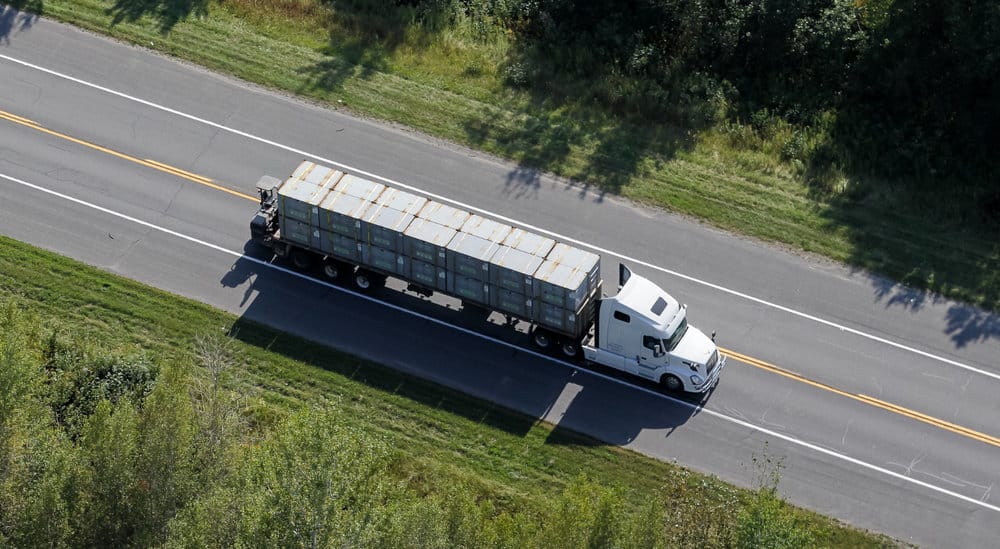
If we look at the ELD compliance rates of trucking fleets from a few months before the ELD mandate to the present, it seems to have followed a pattern. Though a lot of fleets were frustrated with the idea of increasing regulations in the industry, it could be seen that the bigger fleet companies generally complied much faster and were less disgruntled, compared to the smaller fleets. Pre-mandate, the smaller fleets, in particular, were wary of the decrease in miles per day and thereby the reduction in their profit margins.
The situation was a hotbed for hearsay, with the word on the street that there would be an exodus of smaller trucking companies if such regulations came into force. But five weeks into the mandate, the apprehension has gradually died down, and a lot more coherence is in the picture.
“Right now, the rates have gone up, and capacity is so high that the increase in rates are more than compensating for fleets that can’t run as many miles as they could on paper logs,” says Kevin Hill, founder of CarrierLists. “It definitely is a boom for carriers. We have to see when we’ll hit the next patch of low rates, but until then, they have the pick of their crate and the rates are incredible.”
The compliance rates have been going up steadily since the mandate, and Hill’s survey across hundreds of carriers has shown that about 95% of the long haul fleets are ELD compliant compared to 75% of the shorter haul fleets.
“This 20% difference is primarily because the shorter haul fleets are familiar with the inspectors and processes in the lanes they operate every day,” says Hill. “The long haul fleets who go across the country can’t really predict how inspectors enforce mandates in unfamiliar regions and thus are more careful with the mandate.”
In the course of this survey, Hill has also found that a few of the fleets have had problems with buying an ELD that is not compatible with the systems they are running. He attributes this to the hasty decisions they took at the last moment before the deadline.
One of the reasons for the discernible gap between the compliance rates might also be due to the survey including carriers who haul agricultural products. The FMCSA has granted a 90-day extension to these carriers, which would end by March – after which, the ag haulers would have to install ELDs as well. Thus, it can be expected that this could bring up the overall compliance rates by a notch in March.
It also needs to be understood that the CarrierLists survey does not encompass fleets that own fewer than 5 trucks, which might typically change the way we look at compliance for owner-operators, for example. But Hill believes that they are not far behind and have a compliance rate that is somewhere between 70 to 80% – similar to the shorter haul fleets.
Hill figures that there would be near perfect compliance as we approach April 1. “I think we are going to hit 90% compliance pretty soon. In February, we must be above 90%, and there’s going to be a rush at the last moment going up to April 1,” he adds. “Enforcement has been quite lax till now. There have been a few tickets here and there, but nothing major. But once the hard deadline comes along, there would be no excuses.”
Stay up-to-date with the latest commentary and insights on FreightTech and the impact to the markets by subscribing.










